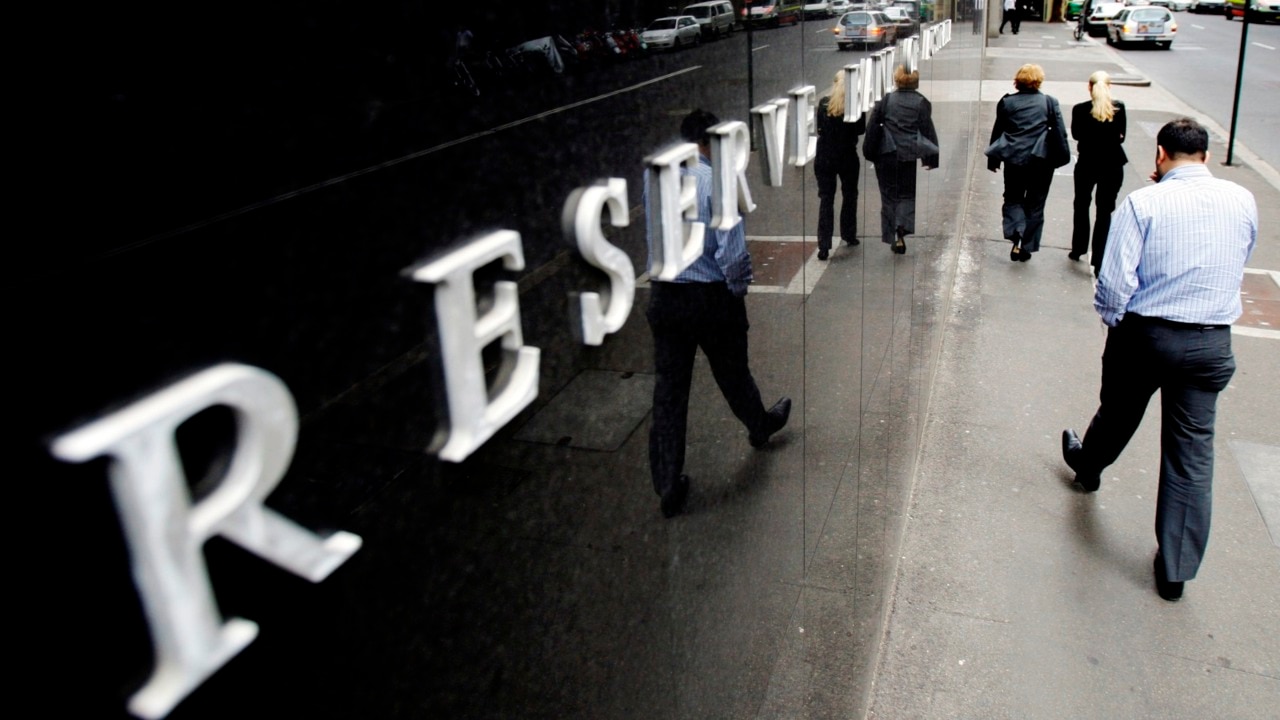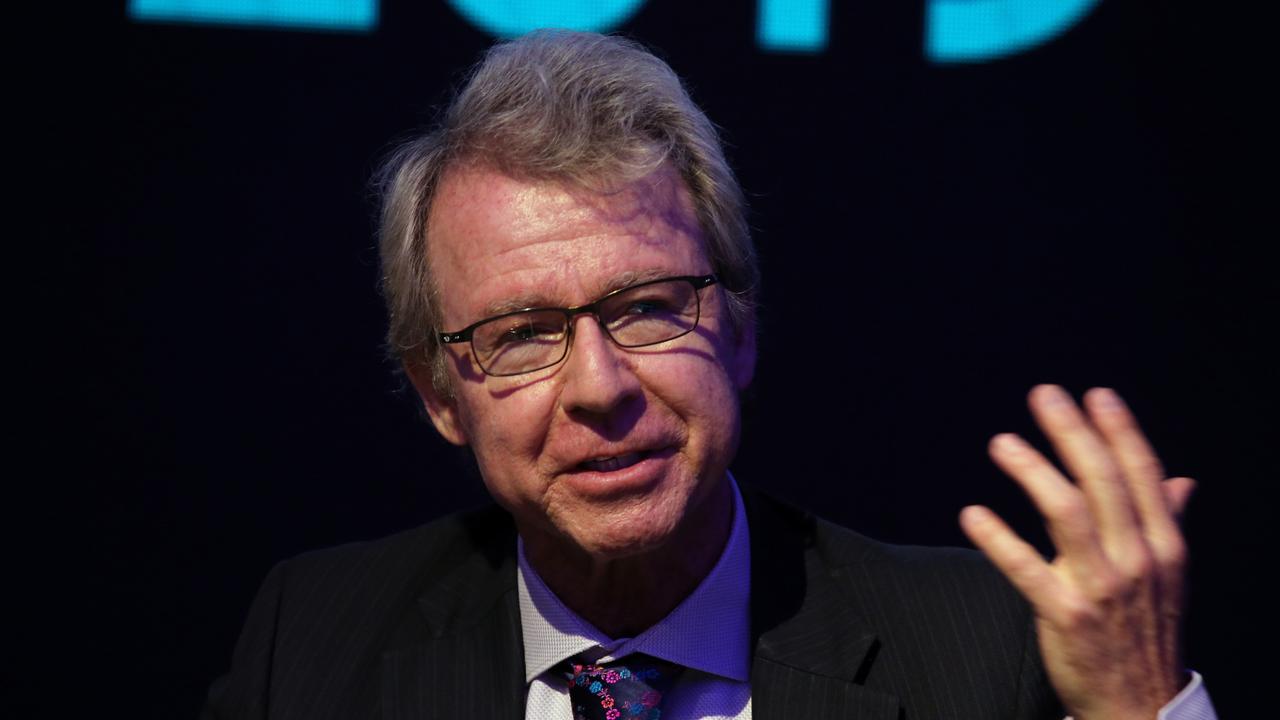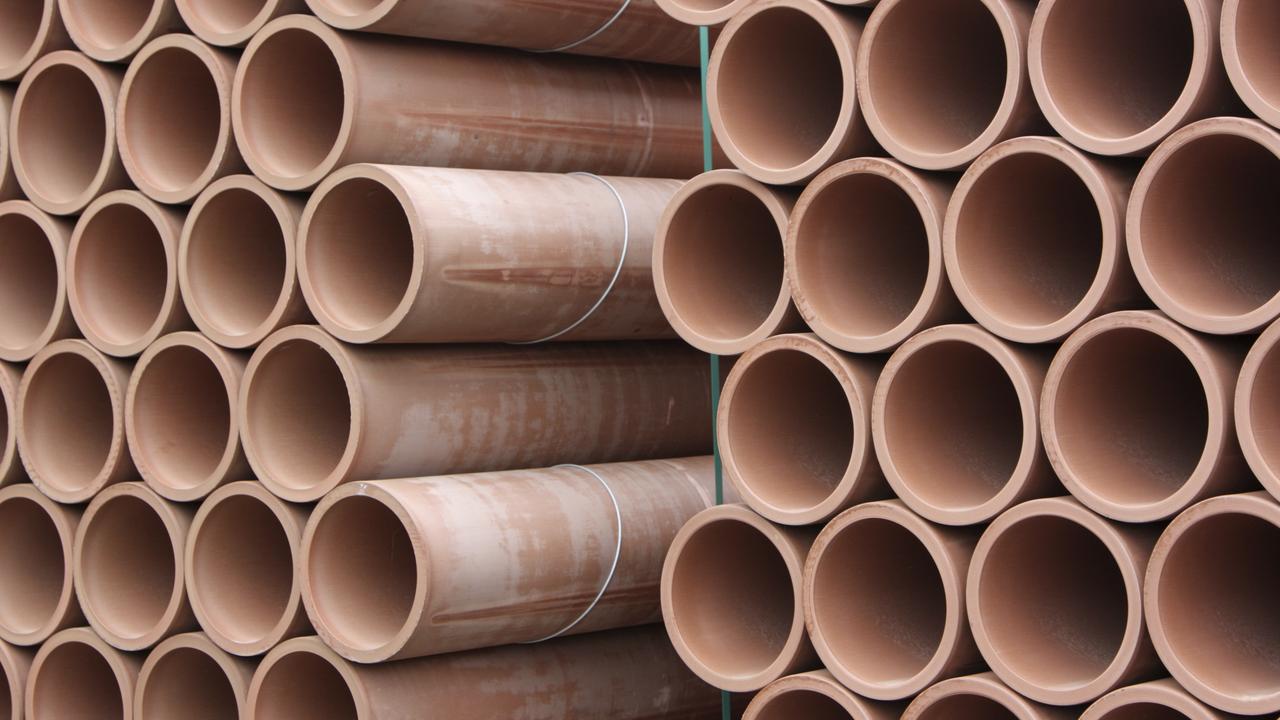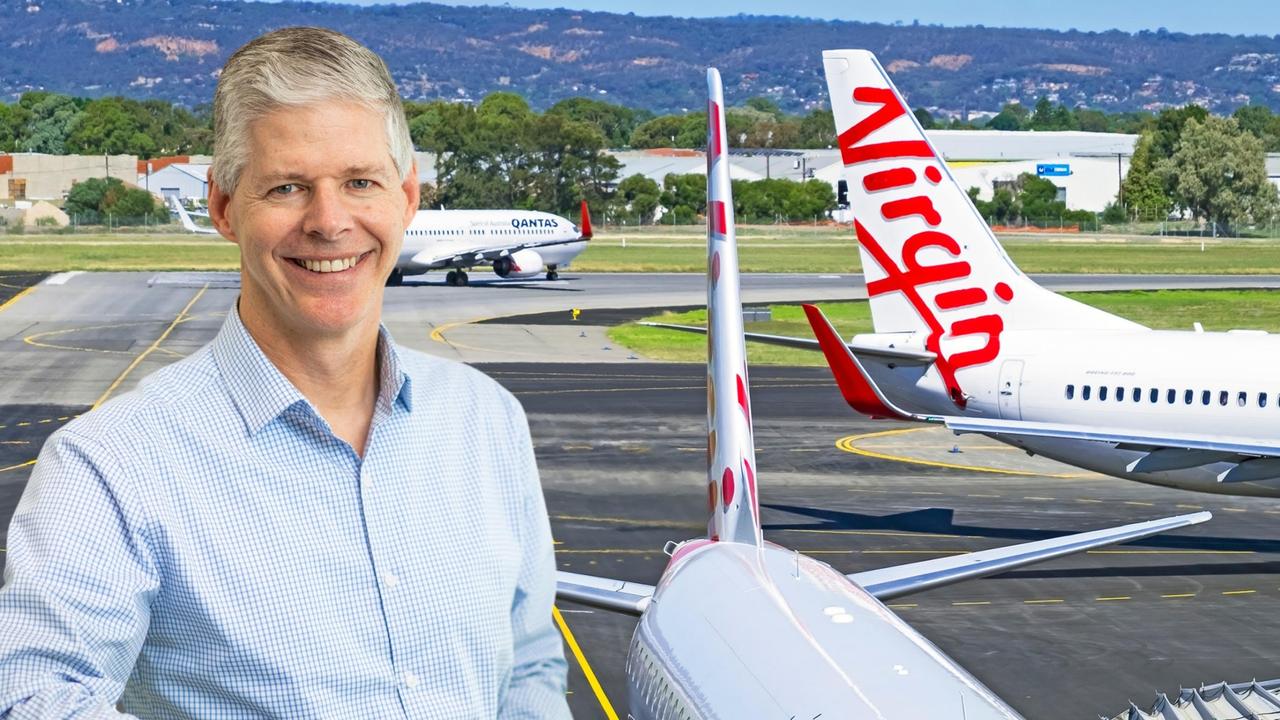Brace for more rate rises and mortgage stress, borrowers warned
Borrowers are being warned to get their finances in shape with up to three more rate hikes on the way creating potential mortgage stress, especially for those coming off fixed rates.

Business
Don't miss out on the headlines from Business. Followed categories will be added to My News.
After eight consecutive interest rate hikes over the past year, homeowners have been warned to expect more mortgage pain in the coming months.
RateCity research director Sally Tindall said there are varying predictions from economists, with some believing just one more rise to come followed by cuts in late 2023 to a projected cash rate of 3.85 per cent – three more standard RBA hikes – followed by cuts in 2024.
“Make sure you can make your monthly repayments even if there’s three, potentially four more rate hikes and make sure that’s in the budget because the time to make changes is now, not in six months’ time,” Ms Tindall said. She said while property prices could fall, prospective homebuyers are likely to face more stringent stress tests from lenders.
“Buyers will still need to get the green light of approval from the bank and that’s not easy to do at significantly higher rates,” she said. “These people are having to prove that they can still make their mortgage repayments at rates of 8 per cent or over and that’s going to be a significant hurdle.”

The official cash rate currently sits at 3.1 per cent, the highest rate in more than a decade after rising 3 percentage points since April. It means the average borrower with a $500,000 loan before the hikes started in May is paying a total of $834 more a month on their mortgage.
If the Reserve Bank of Australia’s lifts the official rate to 3.85 per cent, it means those borrowers face a total increase of $1058 a month since the start of the hikes.
REA Group economist Anne Flaherty said the nation was experiencing the fastest rate of interest rises since the 1980s.
“We saw incredible price rises over 2021 that were fuelled by those low interest rates and we saw close to 50 per cent of people actually had fixed rate mortgages, which means that they’ve been immune to those interest rate rises. “(This) year we will start to see some of those fixed rates roll onto variable, so there will be a proportion of people who will be hit,” she said.

AMP Capital’s chief economist Shane Oliver said further increases in rates would start to push total mortgage payments – including principal and interest – to record highs, relative to household income. “This is likely to result in a sharp rise in mortgage stress – particularly as fixed-rate loans reset this year,” Dr Oliver said.
As of October, about 35 per cent, or $735bn, of Australians’ total $2.1 trillion in loans were on fixed-rate mortgages, according to RBA figures. Most fixed-rate borrowers with loans expiring this year face interest rate increases of 3–4 percentage points when they reset to variable rates.
While budgeting for up to four more hikes is advised by some, Dr Oliver believes the official cash rate is “close to” or at the top. “I‘d have to concede that there is a high risk of one more hike, which would take us to 3.35 per cent,” he said. The “double whammy effect” of high interest rates and cost of living pressures will see consumer spending plummet over the next 12 months, he warned.
This will likely see the ABS’ latest unemployment figures of 3.4 per cent in November worsen as the jobs market looks to soften with AMP estimating the rate would push toward four per cent.

“The things which will keep the economy growing will be housing, construction, business investments, government spending, hopefully trade but we’re still going to see a slowdown in the economy,” Dr Oliver said.
The possibility of a global recession in the US and Europe could also see spill over effects into Australia, however if China recovers in its economic reopening, this bullet could be dodged.
CommSec chief economist Craig James said inflation peaked in Australia in the December quarter, but one further interest rate hike of 25 basis points in February is likely. “The Aussie economy is tipped to slow, not stall,” he said. “Of course, much depends on the deft touch applied by the Reserve Bank on interest rate settings.”
CBA economists expect economic growth to slow from 3.5 per cent in 2022 to 1.1 per cent in 2023, but tip modest gains for the benchmark S&P/ASX 200 index of 4 to 7 per cent to near 7350-7550 points.
“So while the economic environment in 2023 may not be the most conducive for ‘growth-focused’ sectors, forward-looking investors may be more positive on prospects in 2024 – especially if rates are cut as expected late this year,” Mr James said.
“There is upside potential to the forecasts should Chinese authorities be successful in re-opening their economy. And an end to the war in Ukraine should boost investor sentiment across the globe.”
More Coverage
Originally published as Brace for more rate rises and mortgage stress, borrowers warned









